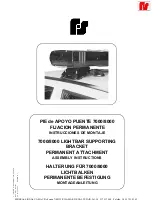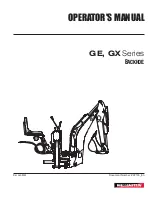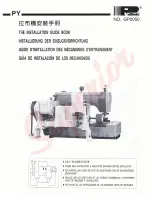
43
Lunar or small planetary nebulae--
f/10 imaging is more challenging for long exposure, deep-sky imaging. Guiding needs to be very accurate and the exposure times need to
be much longer, about 25 times longer than f/2. There are only a select few objects that work well at f/10. The moon images fine
because it is so bright, but planets are still a bit small and should be shot at f/20. The Ring nebula is a good candidate because it is small
and bright. The Ring Nebula (M57) can be imaged in about 30-50 seconds at f/10. The longer the exposure the better.
Planetary or Lunar--
f/20 is a great way to image the planets and features on the moon. When imaging the planets, very short exposures are needed. The
exposure lengths range from .03 to .1 seconds on planetary images. Focus is critical as is good atmospheric conditions. Generally you will
take one image after another until one looks good. This is due to the atmospheric “seeing” conditions. For every 10 exposures you might
save 1. To image at f/20 you need to purchase a 2x Barlow and a T-adapter or Radial Guider.
A
A
u
u
t
t
o
o
G
G
u
u
i
i
d
d
i
i
n
n
g
g
The CPC has a designated auto guiding port for use with a CCD autoguider. The diagram below may be useful when connecting the CCD
camera cable to the CPC and calibrating the autoguider. Note that the four outputs are active-low, with internal pull-ups and are capable of
sinking 25 mA DC.
Figure 8-7 – Pin out diagram for Autoguider port.
No Connect
Содержание CPC 1100
Страница 1: ...I IN NS ST TR RU UC CT TI IO ON N M MA AN NU UA AL L...
Страница 58: ...58 APPENDIX E MAPS OF TIME ZONES...
Страница 59: ...59...
Страница 60: ...60...
Страница 61: ...61...
Страница 62: ...62...
Страница 63: ...63...
Страница 64: ...64...
Страница 65: ...65...
















































